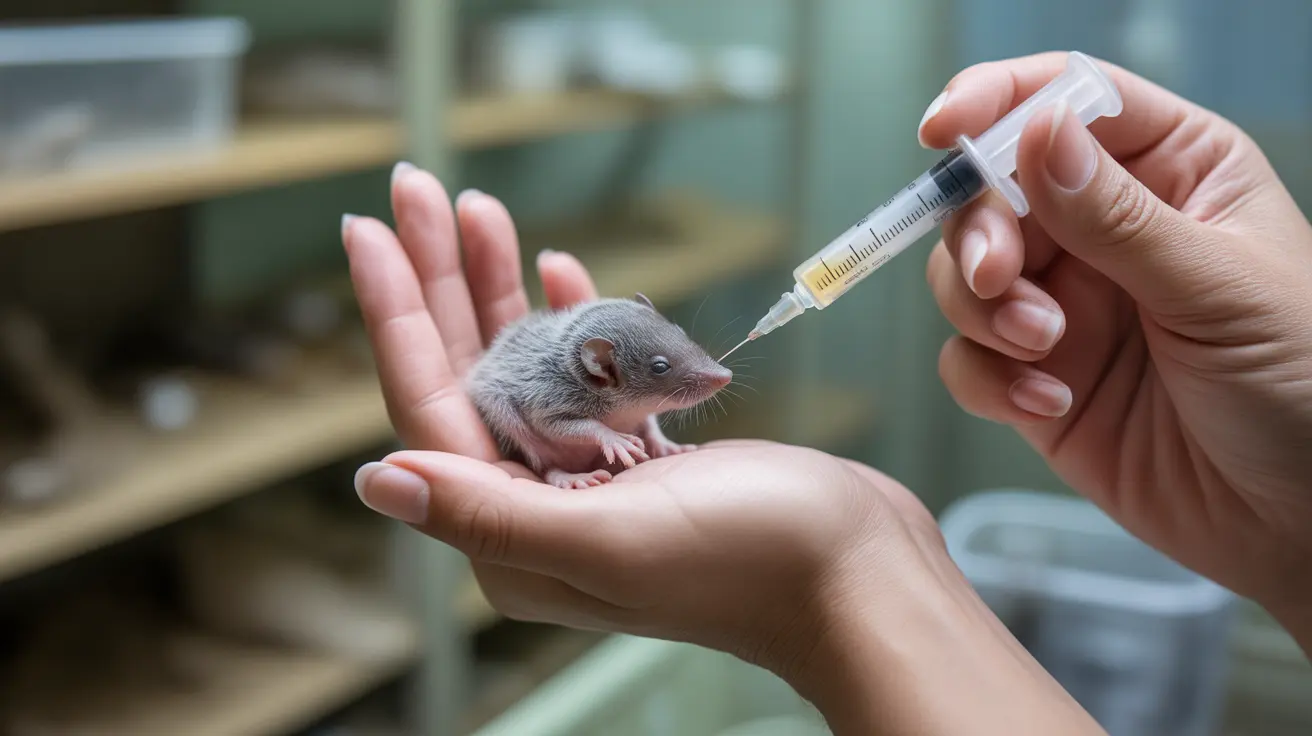Can One Hershey's Kiss Harm a Dog? Understanding the Risks
Dogs and chocolate are a dangerous combination. While a single Hershey’s Kiss may seem minor, dog owners should understand that chocolate is toxic to dogs and the effects depend on the type and amount of chocolate consumed and the dog’s size. Here's what you need to know.
Why Is Chocolate Toxic to Dogs?
Chocolate contains two stimulants: theobromine and caffeine. Dogs metabolize these substances much more slowly than humans. Even small amounts can affect their central nervous and cardiovascular systems, leading to serious health issues.
How Much Theobromine Is Dangerous?
- Cocoa powder and unsweetened baking chocolate: Highest levels of theobromine.
- Dark and semisweet chocolate: Moderate to high levels.
- Milk chocolate: Lower levels, but still potentially harmful in larger quantities.
- White chocolate: Minimal theobromine, unlikely to cause toxicity but still not recommended.
A Hershey’s Kiss typically contains a small amount of milk chocolate, which has less theobromine than darker chocolates. However, a small dog, such as a Chihuahua or Pomeranian, could be more affected than a larger breed like a Labrador.
Estimating Risk Based on Dog's Size and Chocolate Type
The toxic dose of theobromine is roughly:
- Milk chocolate: ~0.5–1 oz per pound of body weight can be dangerous.
- Unsweetened baking chocolate: As little as 0.1 oz per pound can be toxic.
Given that a single Hershey’s Kiss contains about 0.2 oz of milk chocolate, a small dog weighing under 10 pounds might show mild symptoms, but it is unlikely to be fatal. Still, it’s important to monitor the dog closely and contact a veterinarian.
Symptoms of Chocolate Toxicity in Dogs
Symptoms typically appear within 2 to 24 hours of ingestion and can last for several days. These include:
- Vomiting and diarrhea
- Increased thirst or urination
- Restlessness or hyperactivity
- Elevated heart rate
- Panting or tremors
- Seizures (in severe cases)
If any of these symptoms develop, immediate veterinary attention is necessary.
What to Do If Your Dog Eats Chocolate
- Identify the chocolate type and estimate the amount consumed.
- Note your dog’s weight.
- Contact your veterinarian or a poison control center.
- Do not induce vomiting unless advised by a professional.
- Monitor your dog for symptoms and follow veterinary guidance.
Treatment Options
Treatment depends on severity and may include:
- Inducing vomiting (if ingested recently and under veterinary advice)
- Administering activated charcoal
- IV fluids for hydration
- Medications to control heart rate and seizures
- Hospitalization for severe cases
Possible Complications
Besides theobromine toxicity, chocolate is high in fat and sugar, which can cause pancreatitis or gastrointestinal upset. Dogs with pre-existing health conditions, such as heart disease, may face higher risks of complications—even from a small amount.
Prevention Tips
- Keep all chocolate out of reach of pets.
- Educate family members and guests about the risks.
- Use commands such as "leave it" during walks to prevent scavenging.
- Consider crate training when you’re not home to supervise.
Some dog owners use carob as a safe, dog-friendly alternative to chocolate for treats. It lacks theobromine and is non-toxic to dogs.
Conclusion
A single Hershey’s Kiss is unlikely to seriously harm a large dog but poses a potential risk, especially for smaller breeds. Symptoms may still occur, and it's always better to err on the side of caution. When it comes to chocolate, prevention is key. Immediate consultation with a vet ensures your pet's safety and health.





